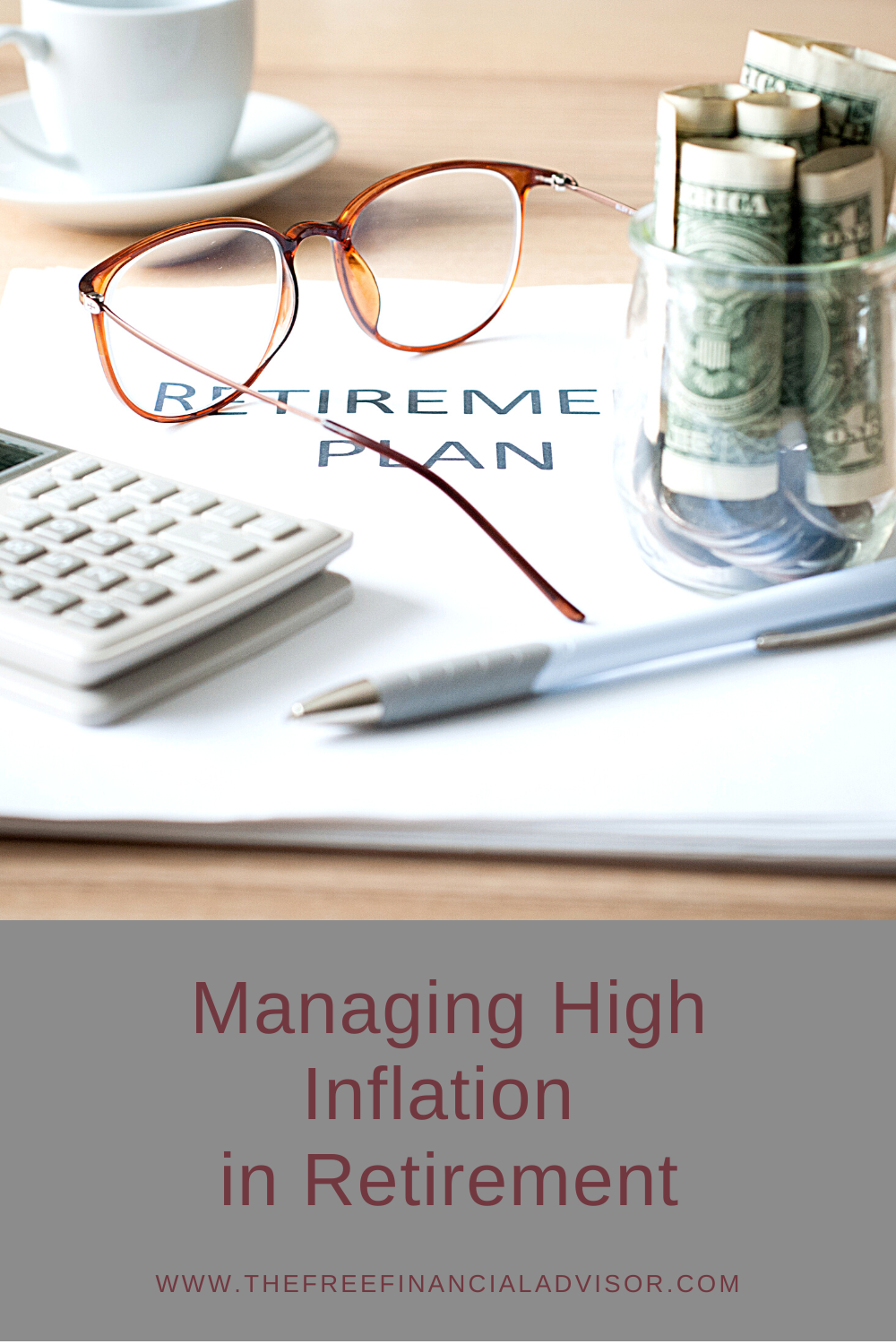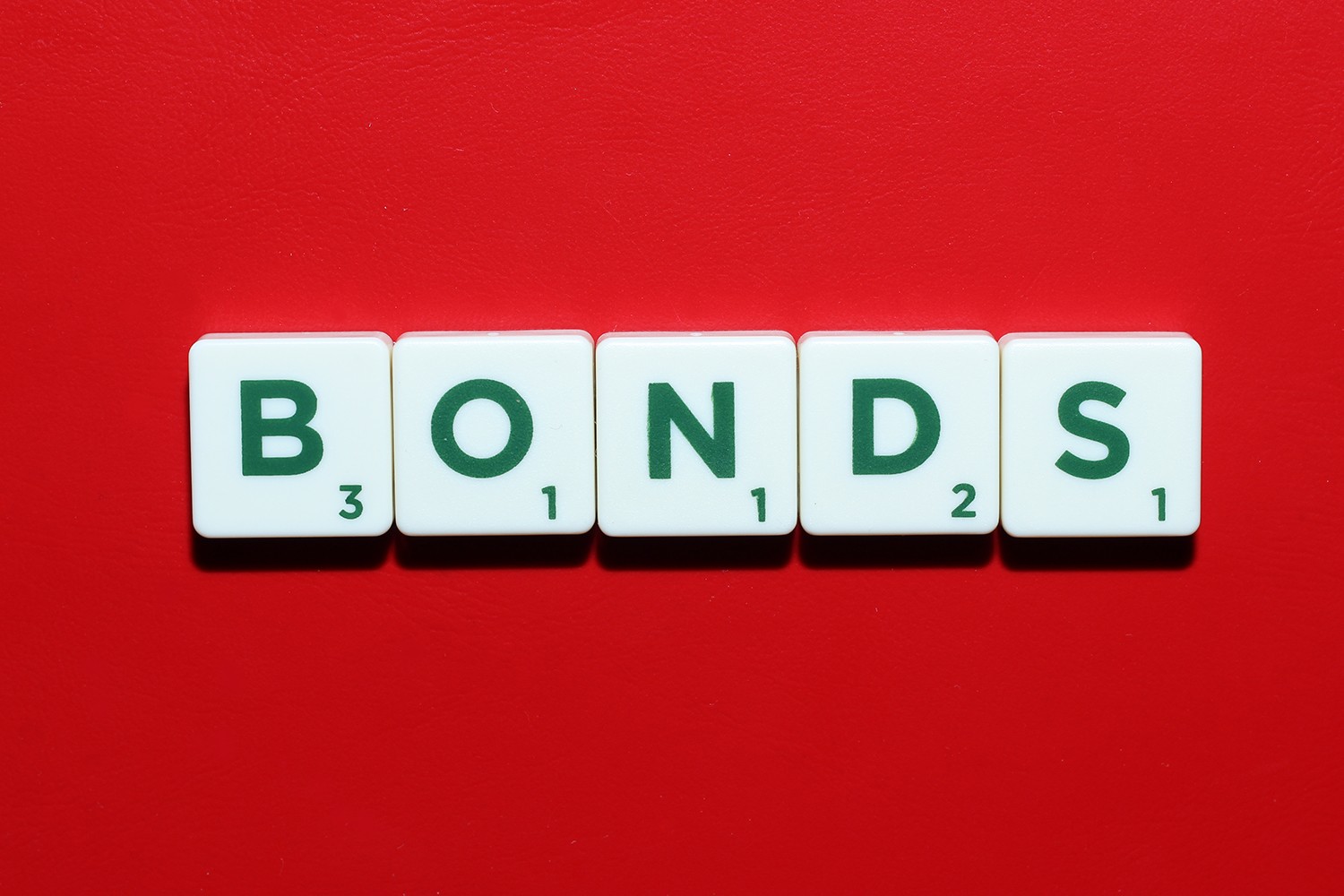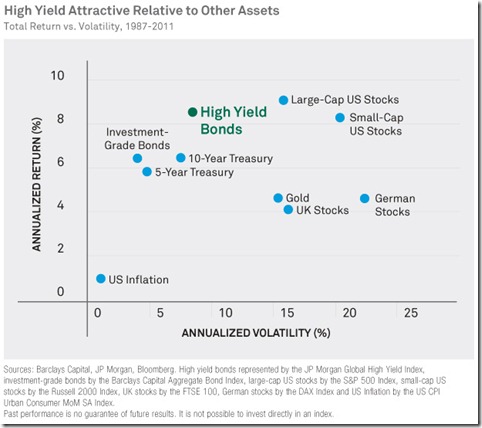
Inflation is high. We all know that. I’ve been writing about it for months and it appears that it’s here to stay. With all of that said, I saw a question the other day about how to manage the high inflation when you’re in retirement, and I thought it was a good topic to talk about today. So we’re going to discuss high inflation in retirement, how it’s impacting retirees, budgeting strategies, investment strategy changes, and if inflation will be an ongoing concern for retirees.
Inflation right now
It’s high…no surprise to anyone. In January it was 1.4%, in April it was 4.2%, in July it was 5.4%, in October it was 6.8%, and in December it was 5.9%. That’s historically high. The highest it’s been in 40 years. Will that stay, only time will tell and we’ll get into that later.
How is it impacting retirees?
Things are getting expensive, so when you set a budget at the beginning of your retirement you account for the current price of the things you need. You should also account for increased costs of items as time goes on because there can be big or small increases…either way, prices costs will go up.
Groceries and energy are two prime examples of things that have gotten more expensive recently. So when those things went up in price, it probably pinched people’s budgets, and/or pushed forward costs that probably weren’t expected for several years. Odds are, they’re spending more money now on food and energy than they anticipated. Hopefully, people have been able to make adjustments already.
Budgeting Strategies
There really aren’t a lot of tips I can give you. The best thing I can really say is to cut costs where it makes sense to account for things that are now more expensive. The other tip, though this is more of a gamble, is to not make any changes now and make changes in the future when inflation comes down.
Investment Strategies
With your investment, you’ll need to reallocate some assets. I wouldn’t take any money out of stocks. What I would do is take some money out of your bond investments and put it into precious metals. The FED said that they plan on hiking rates three times in 2022. Bond prices will go down when interest rates go up. Increasing your stock allocation or putting some money in precious metals could be a good way to combat inflation.
High inflation here to stay?
No, I do think it will be here until the FED hikes rates, but my reasoning for that has to do with what happened in 2018. If the FED can raise rates without putting a cork in the recovery, then I think there’s a possibility that inflation and the federal funds rate will stay elevated until the bubble pops.
Related reading:
How to Beat Inflation with Investment
Disclaimer:
**Securities offered through Securities America, Inc., Member FINRA/SIPC. Advisory services offered through Securities America Advisors, Inc. Securities America and its representatives do not provide tax or legal advice; therefore, it is important to coordinate with your tax or legal advisor regarding your specific situation. Please see the website for full disclosures: www.crgfinancialservices.com
My name is Jacob Sensiba and I am a Financial Advisor. My areas of expertise include, but are not limited to, retirement planning, budgets, and wealth management. Please feel free to contact me at: jacob@crgfinancialservices.com



